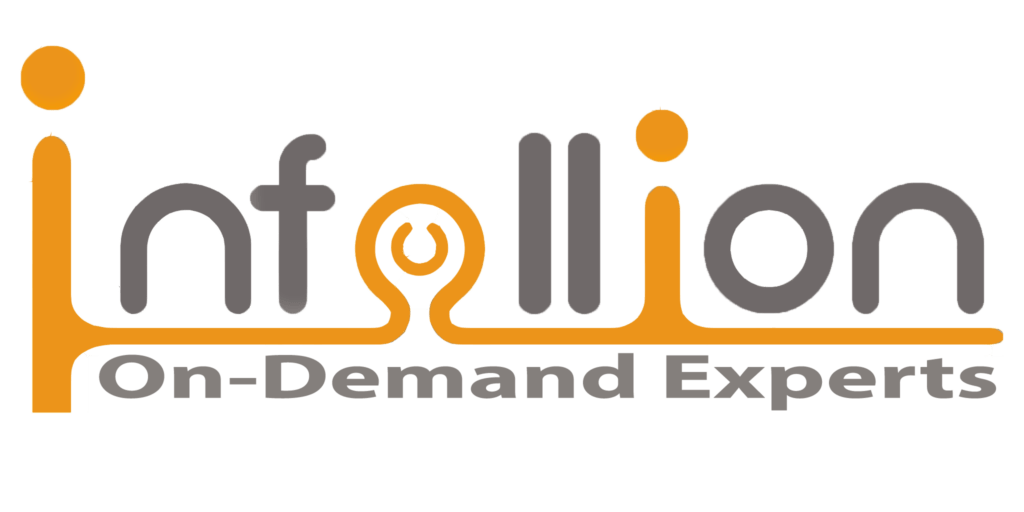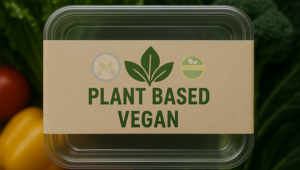Program Overview
This program helps logistics, operations, and supply chain professionals design and implement efficient and customer-centric reverse logistics processes. Covering return flows from customers to vendors, warranty replacements, recalls, reusable packaging, and refurbishments, the course provides a strategic and operational framework for managing returns. It explores reverse supply chain design, cost tracking, environmental compliance, and third-party reverse logistics models. Participants will engage with case studies from retail, pharma, and electronics to analyze failure points and best practices in reverse logistics and asset recovery.
Features
- Design reverse logistics flows for B2B and B2C return scenarios
- Improve return credit turnaround time and reduce logistics cost leakage
- Optimize return cycles through gatekeeping, inspection, and triage processes
- Comply with environmental regulations and manage reverse KPIs (return rate, asset recovery rate)
Target audiences
- Logistics & SCM Professionals
- E-commerce Ops Teams
- Warehouse & Returns Teams
- After-Sales Service Teams
Curriculum
- 5 Sections
- 24 Lessons
- 1 Day
Expand all sectionsCollapse all sections
- Reverse Logistics – Scope, Models & Challenges5
- 1.1Concepts: Return reasons, product disposition, return channel types
- 1.2Keywords: RMA (Return Merchandise Authorization), Refurbish vs Scrap, Closed Loop Logistics
- 1.3Situational Focus: Rising returns without a centralized policy
- 1.4Real-life Insight: Electronics firm integrated return centers with warehouses to reduce TAT
- 1.5Exercise: Return process mapping – identify leakages and delays
- Return Policy, Gatekeeping & Authorization5
- 2.1Concepts: Pre-approval logic, return windows, return-to-origin vs forward-return routing
- 2.2Keywords: No Fault Found, Return Abuse, Policy Enforcement
- 2.3Situational Focus: High logistics cost due to uncontrolled return volumes
- 2.4Real-life Insight: E-com retailer cut return rate by 18% via automated RMA checks
- 2.5Exercise: Evaluate sample return cases and design “accept/reject” gatekeeping rules
- Logistics Execution in Reverse Flow5
- 3.1Concepts: Pickup vs Drop-off, 3PL reverse flow, bundling returns, warehouse reintegration
- 3.2Keywords: RTV (Return to Vendor), Condition Grading, Secondary Movement
- 3.3Situational Focus: Inefficiencies in handling B2B returns from rural spokes
- 3.4Real-life Insight: Industrial supplier used pooled returns to reduce backhaul waste
- 3.5Exercise: Reverse routing simulation – select optimal path for 3 product conditions
- Cost & Service Optimization in Returns5
- 4.1Concepts: TCO of returns, penalty vs refund, grading & resale logic
- 4.2Keywords: Grade B/C Product, Salvage Value, Reverse Flow ROI
- 4.3Situational Focus: Trade-off between speed and recovery value in returns
- 4.4Real-life Insight: Mobile phone firm created a refurbishment hub to monetize Grade B items
- 4.5Exercise: Financial modeling – compare 3 options for returned SKU recovery
- KPIs, Governance & Continuous Improvement4
- 5.1Concepts: Return Rate %, Time to Credit, Salvage Recovery %, Policy Compliance
- 5.2Keywords: RLC (Reverse Logistics Control), NPS Impact, Zero Returns Policy
- 5.3Real-life Insight: Appliance brand used NPS + TAT metrics to revamp returns strategy
- 5.4Exercise: Design a reverse logistics dashboard with 4 key KPIs






